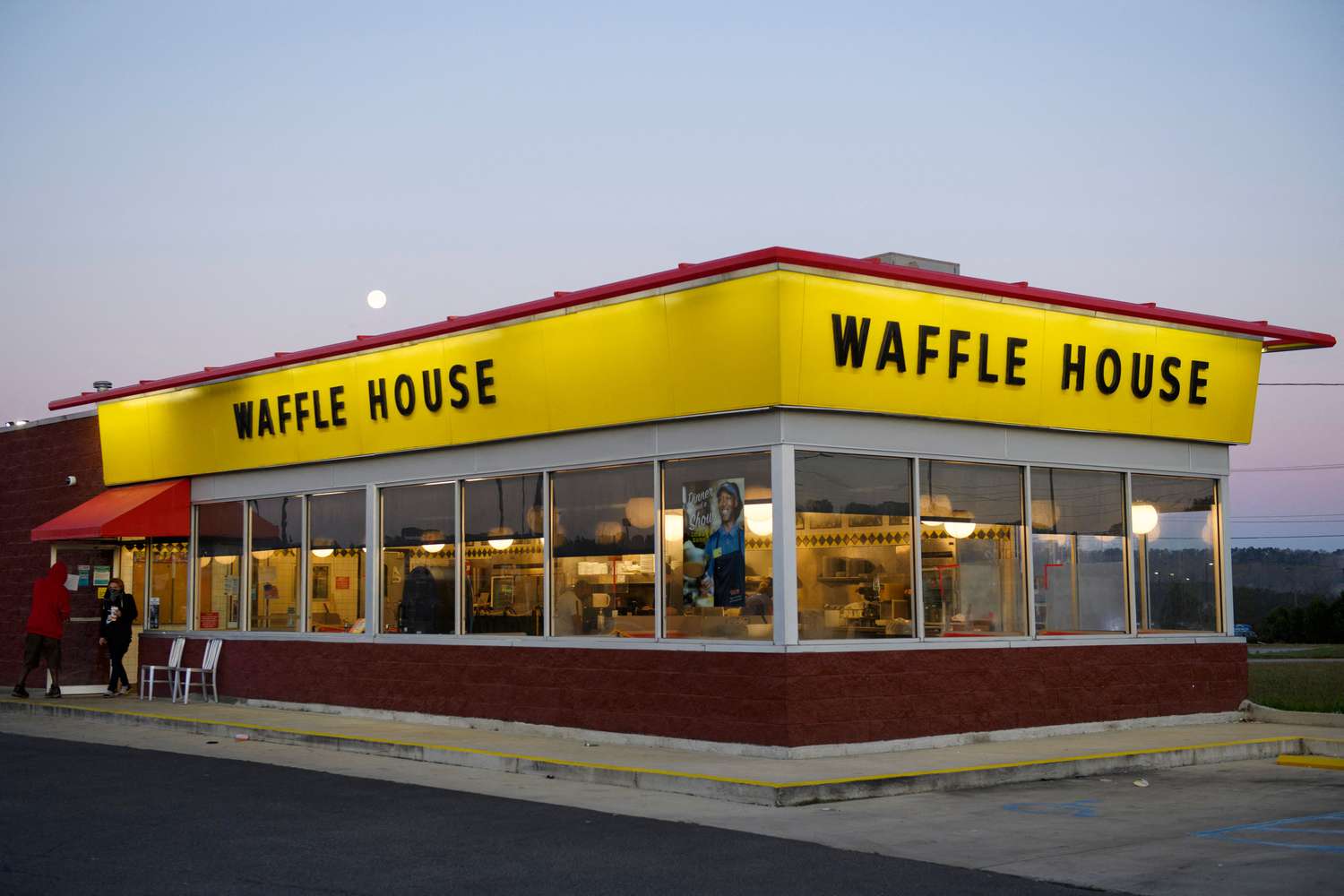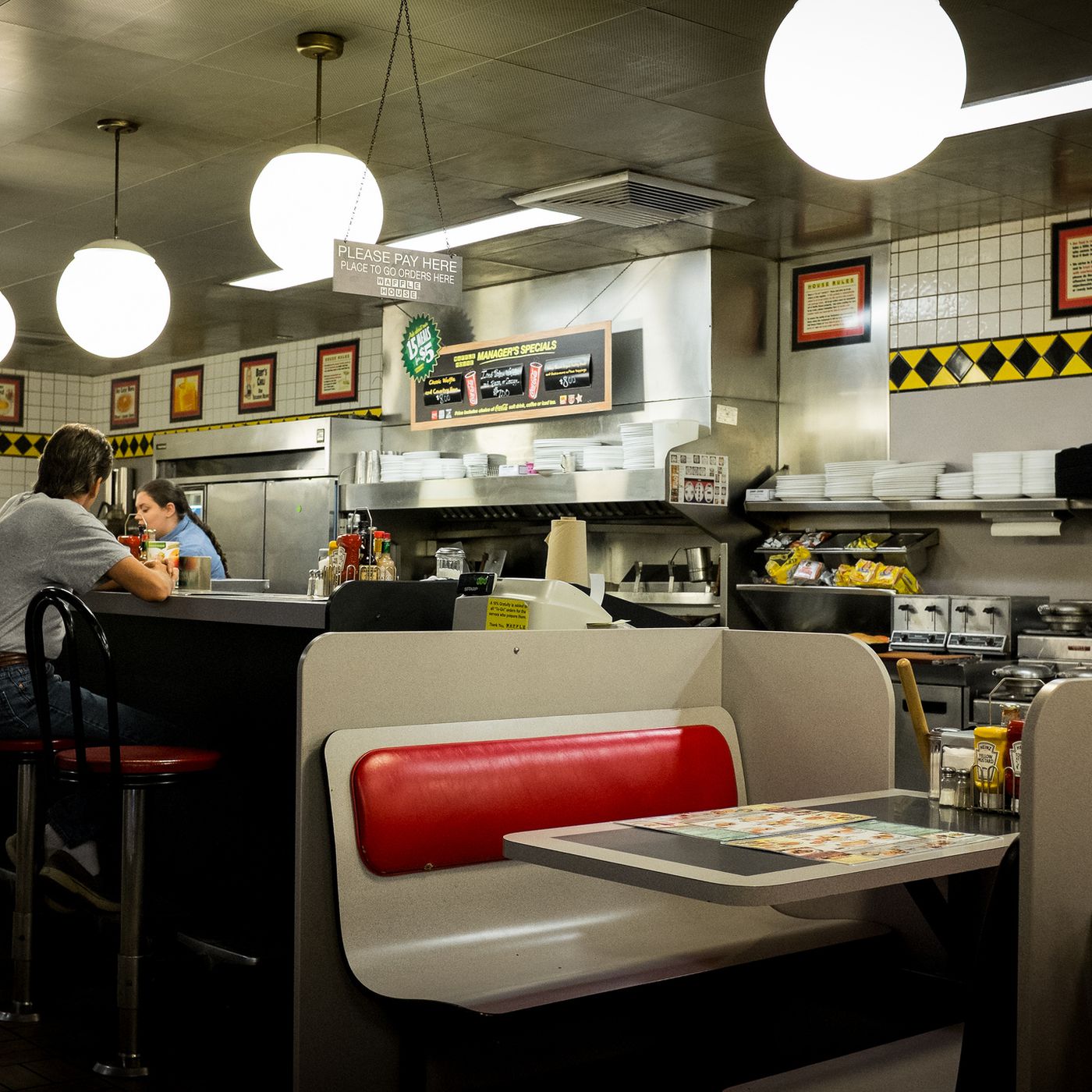Waffle House Threads Nationwide Delivery Into Its Digital Fabric With DoorDash Drive
Waffle House integrates first-party ordering with DoorDash Drive On-Demand, adds 24/7 delivery in select DoorDash markets, and offers free delivery on direct orders until Sept. 14—extending a frictionless, personalized experience at scale.

An All-Hours Icon, Delivered
Waffle House is extending its around-the-clock ethos into the last mile, threading delivery nationwide and integrating it directly into its website and mobile app. Orders placed on the brand’s owned channels flow to "DoorDash Drive On-Demand," a handoff designed to be felt not as a seam but as a continuation—like a sauce carried from simmer to service without losing sheen. The idea is elegant in its restraint: reduce friction from menu browsing to checkout to the arrival at the doorstep, so that habit and curiosity have equal room to breathe. In select markets—Atlanta; Charleston, South Carolina; Cincinnati; Columbus, Ohio; Nashville, Tennessee; and New Orleans—the brand adds "24/7" delivery on the DoorDash app, placing its hallmark accessibility in a marketplace where many customers discover and reorder. The company is also lowering the barrier to trial with free delivery on direct digital orders until "Sept. 14," a precise, time-bound incentive that nudges guests toward the most cost-effective entry point while the program gathers momentum. The expectation is clear: this expansion will positively impact a growing off-premise channel by connecting the trusted first-party experience to dependable last-mile logistics, meeting diners in the channels they already use without diluting brand character.

Built on Digital Foundations
The delivery program rises from a staged digital buildout that began in 2023, when Waffle House introduced order-and-pay on a white-label website developed by Olo, then followed with an app rollout the next year. Rather than tugging at the fabric, the brand kept the front end consistent while quietly tuning it for convenience. That decision has weight because Olo documented a "1.6%" overall revenue boost after these tools went live—a modest number, yes, but an honest one, suggesting the compounding value of a smoother path from selection to payment. Continuity is the operative ingredient. Waffle House will continue to work with Olo, reaffirming that nationwide delivery is an expansion of the existing ecosystem, not a reset. By layering "DoorDash Drive On-Demand" beneath an interface that regulars already know, the company preserves customer habits built over the past year. The outcome is a stable scaffold for off-premise growth: the same front-of-house digital experience, now extended into reliable last-mile fulfillment, as if a well-seasoned cast iron were pressed into service for a new course without changing its virtues.
How the Flow Works
Operationally, the mechanics favor simplicity over spectacle. Guests initiate orders on the website or app, moving through familiar menu browsing, customization, and payment—then the baton passes to "DoorDash Drive On-Demand" for last-mile logistics. The choreography aims for a single arc of experience rather than a patchwork of systems. In practice, it creates a consistent path from click to delivery, whether the diner is a habitual user or a first-timer encountering the brand’s owned channels. In parallel, "24/7" availability in a select number of restaurants on the DoorDash app ensures that the all-hours promise is visible where discovery often happens. Late-night cravings and early-morning routines are captured within the marketplace, yet the same underlying rails support fulfillment across both paths. The guest encounters continuity, not contrast—a rarity when first-party and third-party pipelines are stitched together without shared infrastructure. Here, the handoff is meant to disappear, as precise and reassuring as a well-timed service pass.
Personalization as a Revenue Engine
Crucially, delivery is not a bolt-on that disrupts what already works. Since rolling out the Olo-powered tools, personalization has become an important lever: "about 36%" of the chain’s online revenue now flows from tailored recommendations. Coupled with the earlier "1.6%" revenue lift, these figures sketch a throughline—when the front end is friction-light and suggestive rather than prescriptive, diners respond with larger baskets and more frequent orders. By tying nationwide delivery to the existing interface, the brand keeps those recommendations alive across the journey—from item selection to payment to handoff—so the prompts that nudge add-ons and repeats continue to appear even as fulfillment occurs through "DoorDash Drive On-Demand." In culinary terms, the seasoning is consistent from amuse-bouche to finale; logistics do not wash out the flavor. The revenue signal is not pyrotechnic, but it is disciplined: personalization systems retain their influence when the delivery expansion is layered cleanly, amplifying momentum rather than scattering it.

A Timed Invitation to Build Habits
To accelerate adoption, the company is offering free delivery until "Sept. 14" for orders made on its website or app. The immediate implication is twofold: the promotion lowers the cost of trial for customers who might otherwise default to a marketplace, and it gently steers behavior toward owned channels where presentation and personalization are already tuned. Because the interface is familiar, guests who test delivery during the window can form habits around direct ordering—keeping the brand’s relationship, and its data, closer to the plate. The time limit matters. Scarcity invites action, and the promotional clock ticks as nationwide delivery gains traction. In the same breath, "24/7" presence on the DoorDash app in select cities ensures that marketplace browsers are never left without an option, even as the most cost-effective route during the period remains direct. It’s a balanced pairing—the à la carte special that introduces guests to the house menu, while the full cellar remains available by request.
Where the Industry Is Heading
The approach resonates with a playbook shared across the industry, where aggregators expand reach and capture off-premise demand at scale. Olive Garden expanded delivery across its system in "February" after testing Uber Direct late last year, and delivery contributed to Olive Garden growing its off-premise sales by "nearly 20%" during "fiscal 2025." Domino’s fully rolled out its partnerships with DoorDash and Uber Eats during the "second quarter," and expects third-party delivery to be a "$1 billion" business—proof that marketplace rails can become profit engines when aligned with brand strength. Within this landscape, Waffle House pairs first-party ordering and personalization with fulfillment by "DoorDash Drive On-Demand," while also activating marketplace visibility through "24/7" delivery on the DoorDash app at a select number of restaurants in cities like Atlanta; Charleston, South Carolina; Cincinnati; Columbus, Ohio; Nashville, Tennessee; and New Orleans. The selective use of incentives—free delivery on owned channels until "Sept. 14"—adds a deliberate emphasis on strengthening direct relationships even as scale increases. It is a strategy notable for its restraint: expand the perimeter without eroding the core.
What 24/7 Placement Signals
Availability is the brand’s signature, and "24/7" delivery on the DoorDash app extends that promise into an arena where discovery and reordering are habitual. The named cities—Atlanta; Charleston, South Carolina; Cincinnati; Columbus, Ohio; Nashville, Tennessee; and New Orleans—illustrate markets where around-the-clock access can meet customers on their schedules. This is framed as an extension of hallmark service rather than a departure, reinforcing continuity for guests who prefer the website or app while reaching new audiences through the marketplace. Critically, "DoorDash Drive On-Demand" connects both routes, preserving a dependable fulfillment model regardless of the starting point. By aligning a consistent first-party front end with reliable last-mile logistics, the chain removes the seams that often appear when disparate systems are lashed together. The guest’s experience remains coherent—an unbroken line from intention to arrival—much like a tasting menu that moves confidently from course to course without the palate ever growing weary.

What We Know—and the Lesson
Several anchors of the rollout are explicit. The ordering path runs through the website and app, with fulfillment by "DoorDash Drive On-Demand." The marketplace play extends "24/7" delivery on the DoorDash app for a select number of restaurants in Atlanta; Charleston, South Carolina; Cincinnati; Columbus, Ohio; Nashville, Tennessee; and New Orleans. Personalization drives "about 36%" of online revenue. Digital enhancements correspond to a "1.6%" overall revenue boost. Free delivery on direct orders runs until "Sept. 14." These elements sketch a cohesive picture of convenience meeting continuity. There are, however, open questions left deliberately unstated: the exact number of restaurants included in the "24/7" marketplace pool, the precise geographic coverage beyond the named cities, and what fee structures will look like after "Sept. 14." The company expects the expansion to positively impact its growing off-premise channel, but more detailed performance targets are not outlined here. The lesson is nonetheless resonant. In an industry that often chases novelty, the surer path may be disciplined integration: protect a familiar, effective front end; route last-mile through dependable rails; and employ targeted incentives to form repeatable behaviors. It is the culinary equivalent of achieving richness without excess—the service of availability, now plated for the doorstep, with the restraint to let the experience speak for itself.